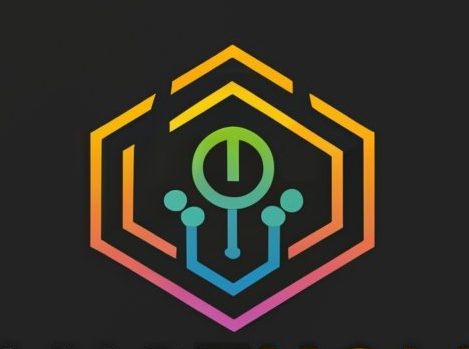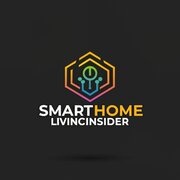Solutions
The Most Secure Smart Lock: Our Selection for Maximum Protection
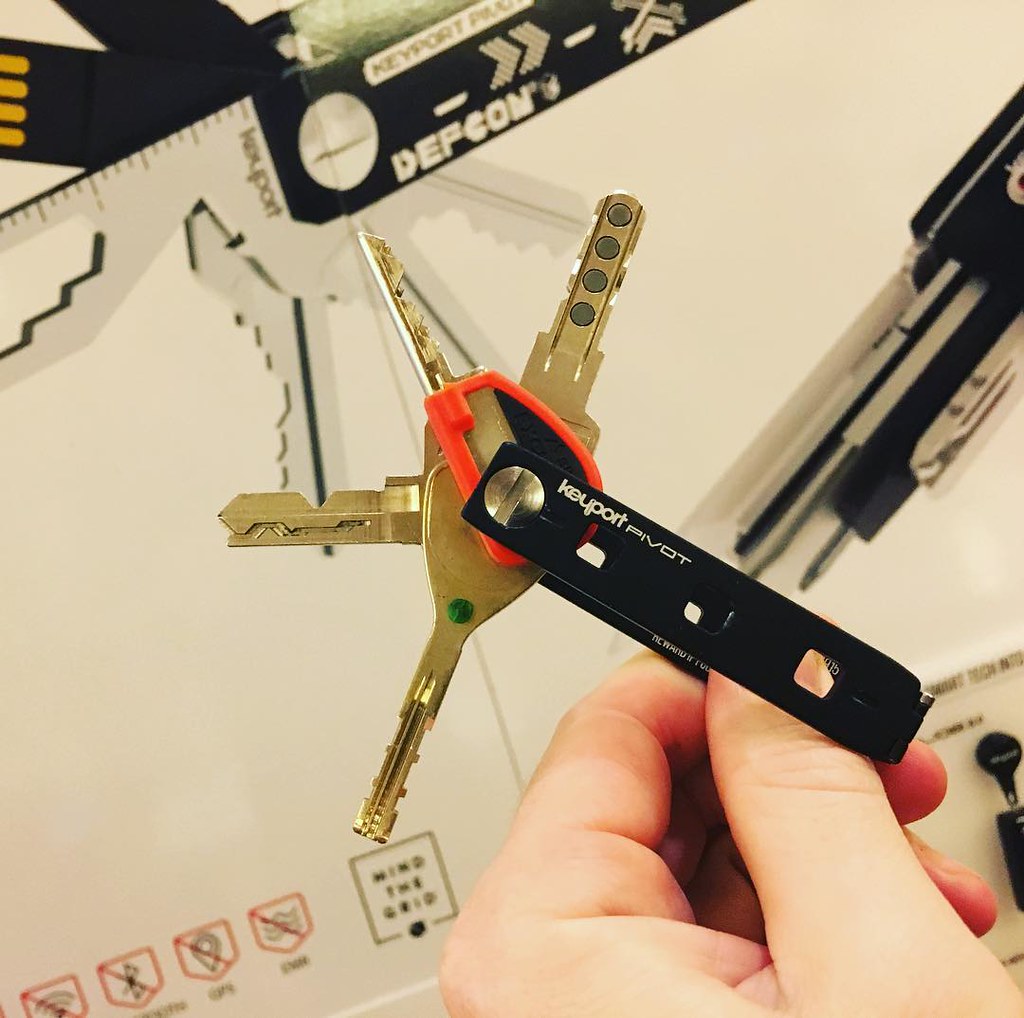
If you often misplace your keys or just don’t want to answer the door when it rings, investing in a top-tier smart lock is a no-brainer.
Certain smart locks can send you real-time alerts if you forget to lock the front door, making them a useful addition to any home security system.
Smart locks allow you to get entry to your home using biometric information such as your fingerprint or a mobile app rather than a traditional key. In addition, you may generate special, encrypted guest codes to send to trustworthy employees, relatives, and friends.
Whatever your financial situation, we hope this guide will help you pick the perfect smart lock for your house. We have evaluated not only their technological merits, but also their ease of setup and use, and their compatibility with other smart home gadgets.
Yale x Nest
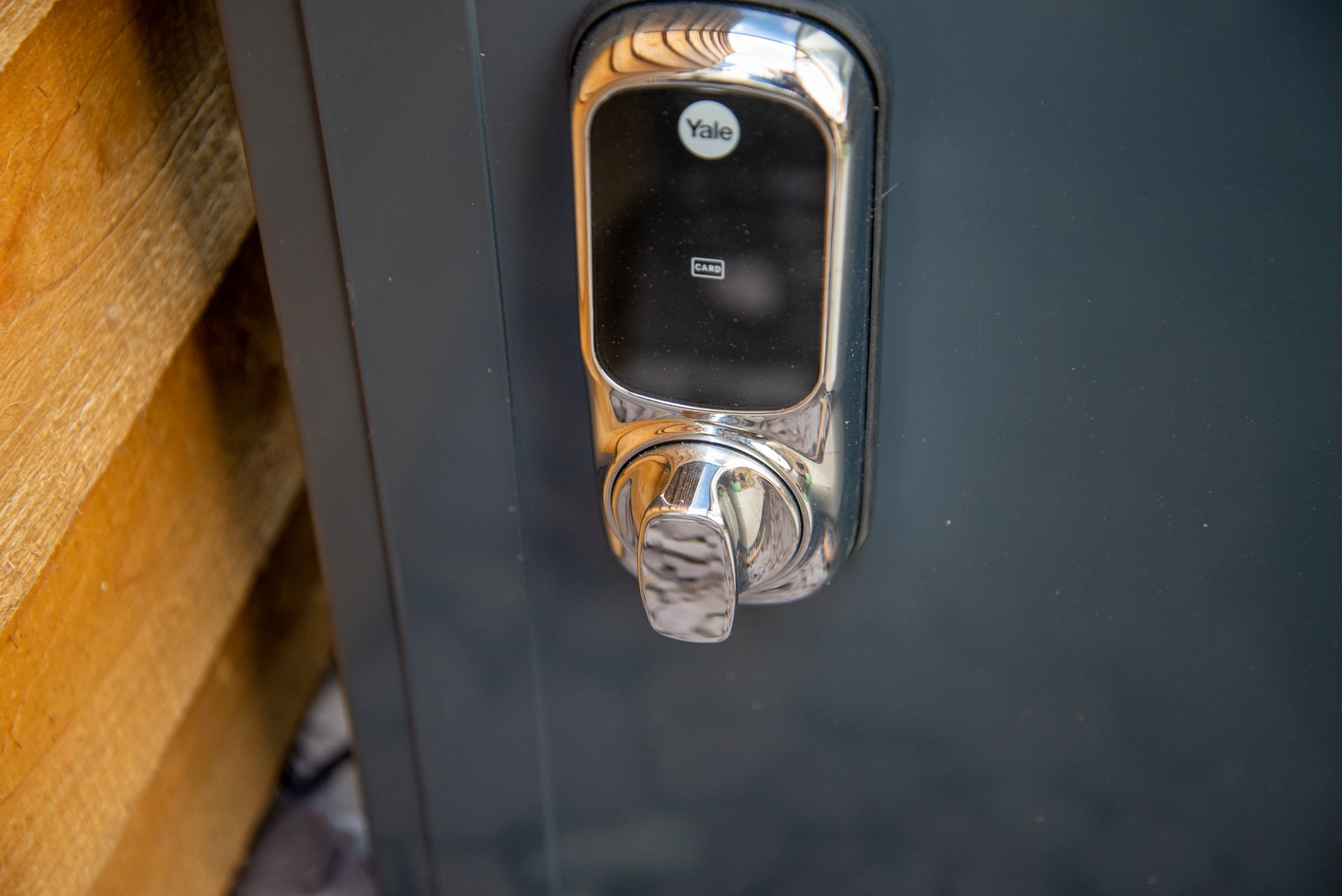
Only compatible with other Nest smart home devices like the Nest Learning Thermostat and Nest’s line of home security cameras (including the Nest Cam Outdoor), the Nest x Yale lock is our top pick.
The Nest x Yale lock is easy to use, has a sleek design, and comes in three different finishes (Satin Nickel, Oil Rubbed Bronze, and Polished Brass) to accommodate any taste.
Simple to install, it eliminates the need for keys by replacing them with a keypad that allows entry without using them. If your keys are often getting lost because they are stuffed in your pockets or handbag, this is perfect for you.
The ability to lock the door with the push of the Yale emblem pleased us during testing. The interface of the program was also quite easy to understand and utilize for us.
Kwikset’s Obsidian smart lock
Kwikset’s Obsidian smart lock is sleek and modern. It fits flush against the door for a sleek appearance, and its shiny finish makes any entrance more sophisticated.
The only way in is via a touchscreen that requires a PIN to unlock. Up to 16 additional user accounts may be created for close friends and family.
Secure Screen, a unique Kwikset security feature, hides the locations of your fingerprints and other touches on the screen so no one can see when you enter your code (it generates random digits that you have to press before entering your actual entry code).
This is done so that the code cannot be copied by only glancing at the location of fingerprint smudges. Even though it’s compatible with Alexa, neither HomeKit nor Google Assistant is supported.
If you’re looking for a smart lock that won’t draw attention to itself, go no further than the August Smart Lock Pro. From the outside, it seems like nothing is there at all.
The smart lock we tested unlocked itself when we were within 20 to 30 feet, allowing us to enter easily and without using a key. Of course, your regular locks and keys will still work as usual.
The August Connect bridge is required to use the full functionality of the August Smart Lock Pro; nevertheless, it is included in the purchase price of the lock. It’s more costly than other smart locks on the market, but we recommend it because of its superior security.
Smart Schlage Sensing Lock
The Schlage Sense is the greatest smart lock if you often have visitors while you’re not there since the app can create (and remove after they’ve been used) codes so guests can get entry to the home without a key.
The Schlage Sense is compatible with Apple’s HomeKit and requires little setup to allow you management of your lock from any iOS device, including the Apple TV, iPad, and HomePod.
You can also use your voice to open and lock the smartphone thanks to the lock’s compatibility with Google Assistant and Amazon Alexa. It’s a little cumbersome, however.
Finally, we discovered that the app is clumsy to use and that you’ll need some tolerance for intermittent connection failures.
Yale Conexis L2
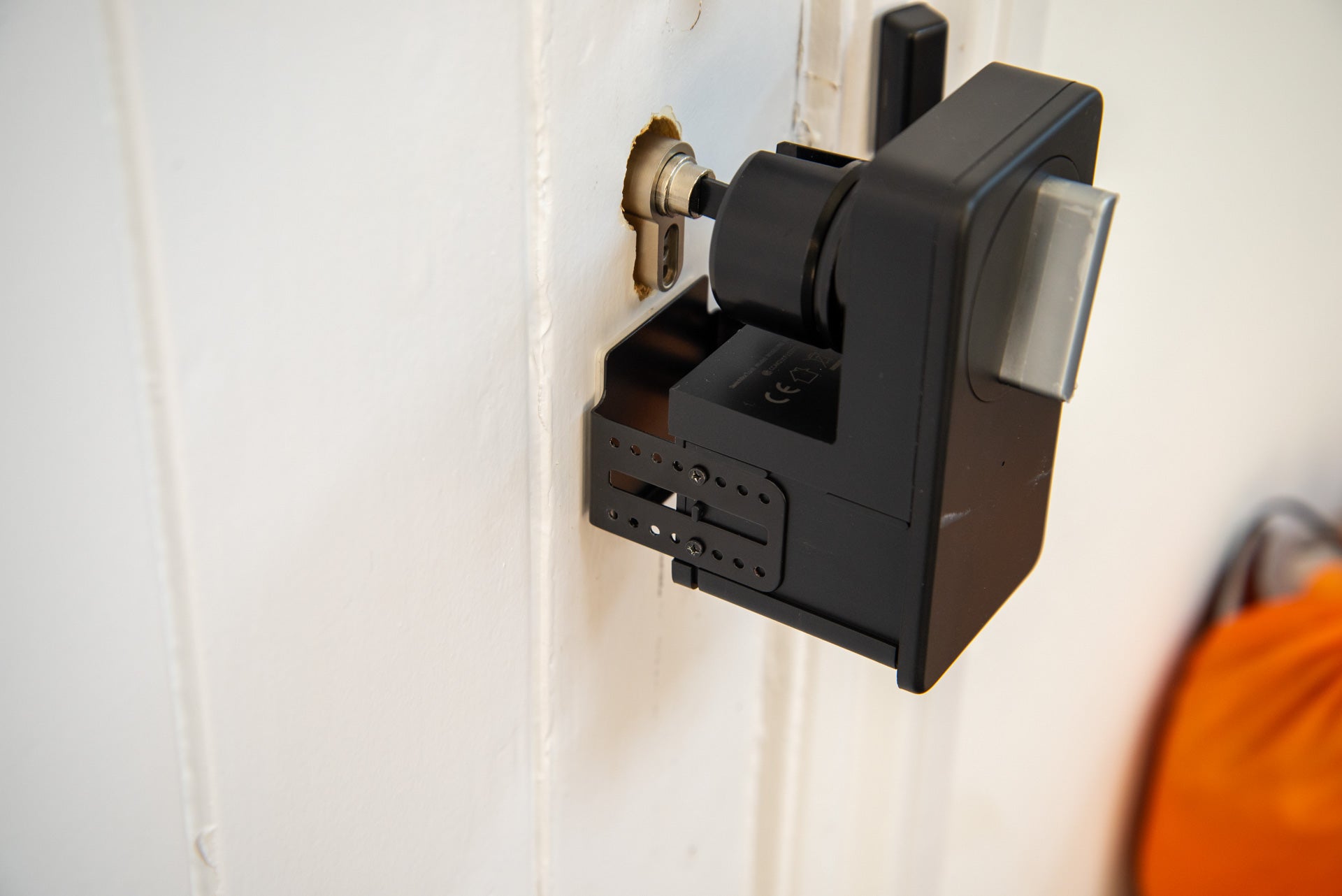
With the success of Yale’s Conexis L1 Smart Door Lock, the company released the Yale Conexis L2. It was introduced at the beginning of the year 2022 to provide extra ease of use via supplementary remote features.
Everything a homeowner needs to remotely provide access to their property is included, and it can be monitored remotely using the Yale Access App.
In the event the door suddenly unlocks, you may be notified immediately. One thing we can’t wait to try out is utilizing voice assistants like Amazon’s Alexa to check the door’s status and open or lock it without requiring a key.
We are also interested in the convenience of sending and receiving virtual keys that we may provide to loved ones in case we get locked out of the home.
August’s Smart Lock
Smart locks are fast becoming a household essential, and the August Smart Lock’s price decrease comes at a time when they are still among the most expensive smart home products available.
It’s made by a reputable company, and it’s packed with useful extras to boot. It has the standard auto-lock and auto-unlock features, but we like the ability to program temporary guest keys for use with visitors or new employees.
The Apple Watch can also serve as a key, which is convenient if you’re a minimalist like us and want to leave your house without locking your door.
Procedure to evaluate electronic door locks
We rank the best smart locks based on how simple they are to set up and manage. We also test how quickly they respond to commands when we’re not in the immediate vicinity, such as locking and unlocking the door.
Whether or whether the smart lock is compatible with Amazon, Google Assistant, or Siri, and how well the corresponding voice assistant reacts to requests to operate the smart lock, are additional factors we evaluate.
We also look at how long each model lasts, how sturdy it is, and whether or not there are any optional extras, like hubs, for the smart lock.
We also take into account whether or not you need to read a lengthy manual before using it, whether or not you can use it with a key in case the Wi-Fi network is, and whether or not you can give friends and family temporary access.
Tips for picking the right smart lock
When deciding on the best smart lock for your needs, there are many factors to think about. While some smart locks connect with your phone through Bluetooth, locking the door requires physical proximity to your device.
So, let’s say you’re the kind of person who often forgets basic safety measures like locking the door. In such a circumstance, having Wi-Fi built-in or using a bridge to connect to the internet and transmit instructions from the cloud is essential for locking and unlocking the door while you are not physically present at the house.
There is a broad variety of smart locks available, from traditional-looking devices that conceal their smarts to futuristic designs with keypads and touchscreens, so it’s important to think about how the lock’s aesthetic will mesh with your existing décor.
Always double-check that the smart lock you’re considering is compatible with your voice assistant of choice and that it works with the rest of your smart home equipment, such as your favorite home security cameras, video doorbells, and smart lighting.
Think about whether or not you’ll want to provide temporary access to the lock to friends and family, and whether or not the smart lock provides activity logs so you can check who has entered the residence and when.
We have also compiled a comprehensive guide about smart locks for those who are unfamiliar with them.
In what way do electronic door locks function?
Keyless smart locks link to your home Wi-Fi and allow you to unlock the door with your smartphone. Furthermore, some models have a keypad where you may input a code to access the safe.
Furthermore, most modern smart locks are compatible with digital assistants that recognize voice commands, such as Amazon’s Alexa and Google Home.
Some smart locks are designed to replace your current lock, in which case you’ll need some DIY experience to get them set up, while others are designed to just fit over your existing lock.
When combined with other smart home hubs like the finest smart speakers and smart screens, home automation becomes a reality.
You may lock your smart lock and arm your home security cameras with a single command or at a predetermined period, such as when you leave the house or go to bed.
If you already have a well-established smart home, you should make sure a smart lock is compatible with your existing voice assistant and smart home hub before making a purchase.
When it comes to electronic door locks, what are the options?
It’s a good idea to compare your alternatives before settling on a specific smart lock for your house. Deadbolt locks and multipoint locks are the two most common forms of security hardware.
Of them, the former is more common and accessible, but both have their advantages and disadvantages, as you can see. Both are borrowed from the realm of conventional door locks but serve much the same purpose here.
The deadbolt lock is the simpler option since it only entails a bolt that closes behind your back and may be locked or unlocked through your smart lock system.
Multi-point locks, often known as lever locks, use more than one bolt for added security. They are more common on newer doors or on doors where the handle must be lifted to lock. Deadbolts, in general, are more flexible and simpler to replace with smart locks.
Are battery replacements necessary for electronic locks?
The finest smart locks often include built-in rechargeable battery packs that can be recharged via a USB-C connection, however, other systems still use them.
AA alkaline batteries or equivalent need to be replaced sometimes. But they are becoming less prevalent, and smart locks often don’t drain their batteries too quickly.
Whether or not smart locks can be hacked?
Like any other internet-connected gadget, smart locks are vulnerable to hacking. Good security measures will reduce the danger, however.
Always update the smart lock’s default password if one is provided, and use a strong, unique password that includes both upper- and lower-case letters, digits, and symbols.
Furthermore, be sure it doesn’t include anything that might be used to identify you. Furthermore, make sure your home Wi-Fi is protected by a robust password and that any smart locks you use have the most recent software installed.
-
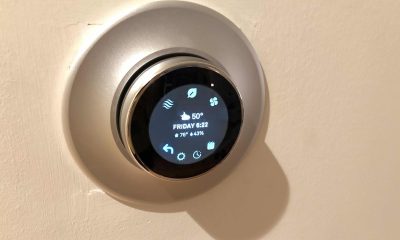
 Gadgets1 year ago
Gadgets1 year agoDoes Nest Thermostats Contain Cameras Or Microphones? Is It Safe For you?
-
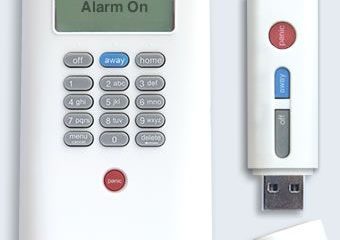
 Gadgets1 year ago
Gadgets1 year agoWhat Is The Purpose Of Red Button On The SimpliSafe Keypad?
-
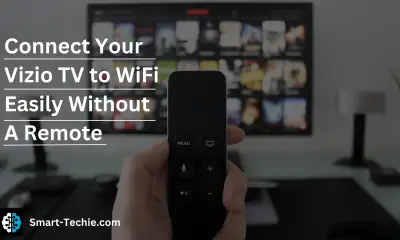
 Solutions2 years ago
Solutions2 years agoHow to Connect Your Vizio TV to WiFi Easily Without a Remote?
-

 Solutions2 years ago
Solutions2 years agoWhy is My Samsung TV Picture So Dark? Exploring the Possible Causes
-

 Accessories2 years ago
Accessories2 years agoCan A Hdmi Splitter Extend The Display To 2 Monitors?
-
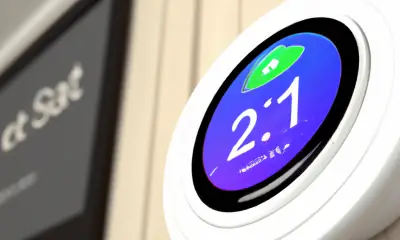
 Accessories2 years ago
Accessories2 years agoDo Smart Thermostats Run On Batteries? Let’s Find Out
-
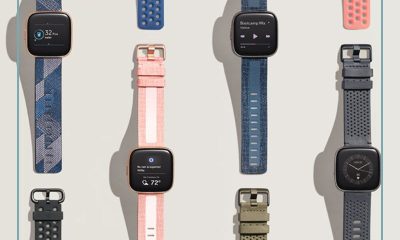
 Gadgets2 years ago
Gadgets2 years agoFitbit Symbols Meaning: What Do The Fitbit Icons Mean?
-

 Solutions2 years ago
Solutions2 years agoWhy Can’t I Stream Netflix From My Phone? | Solution
